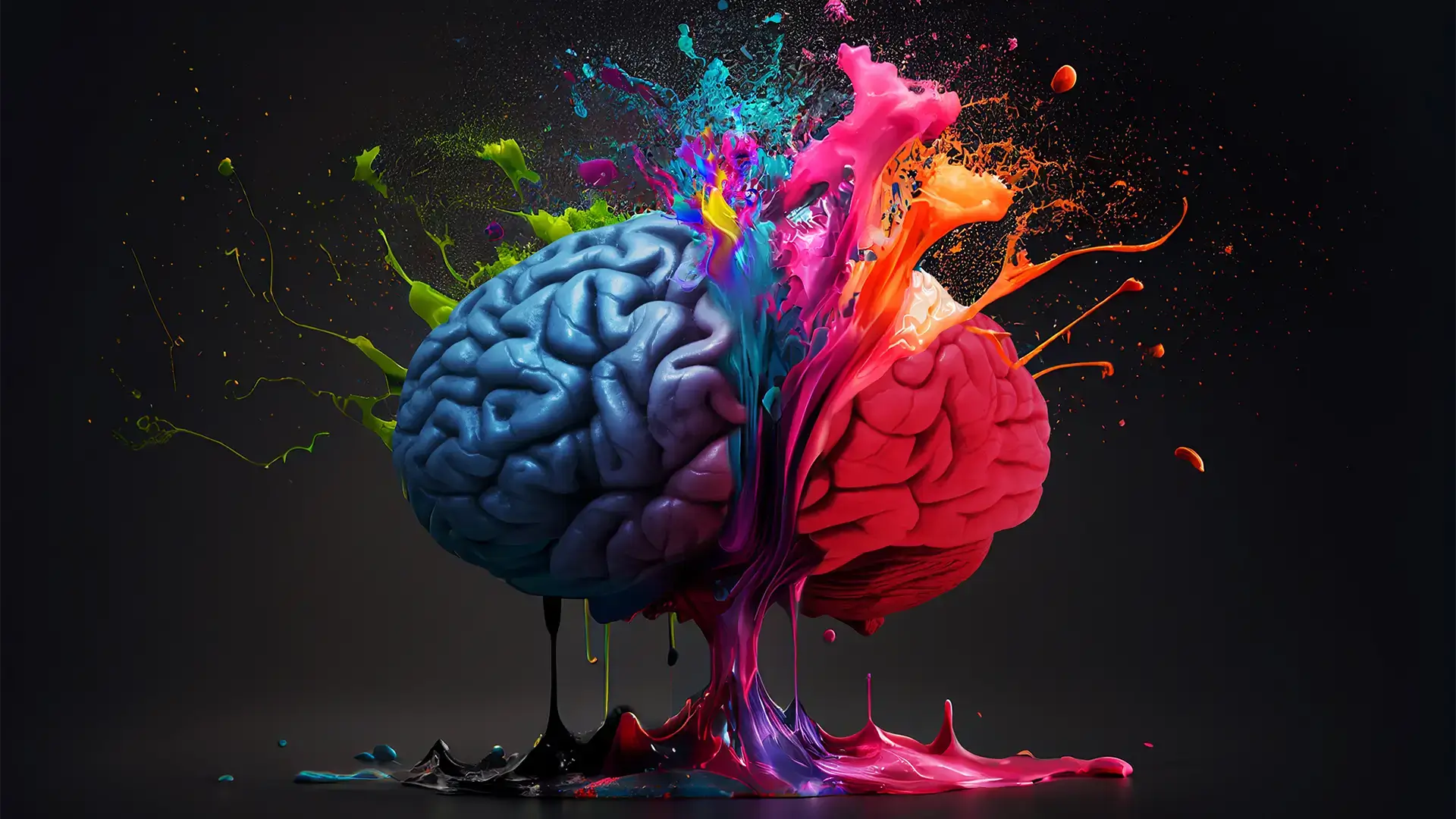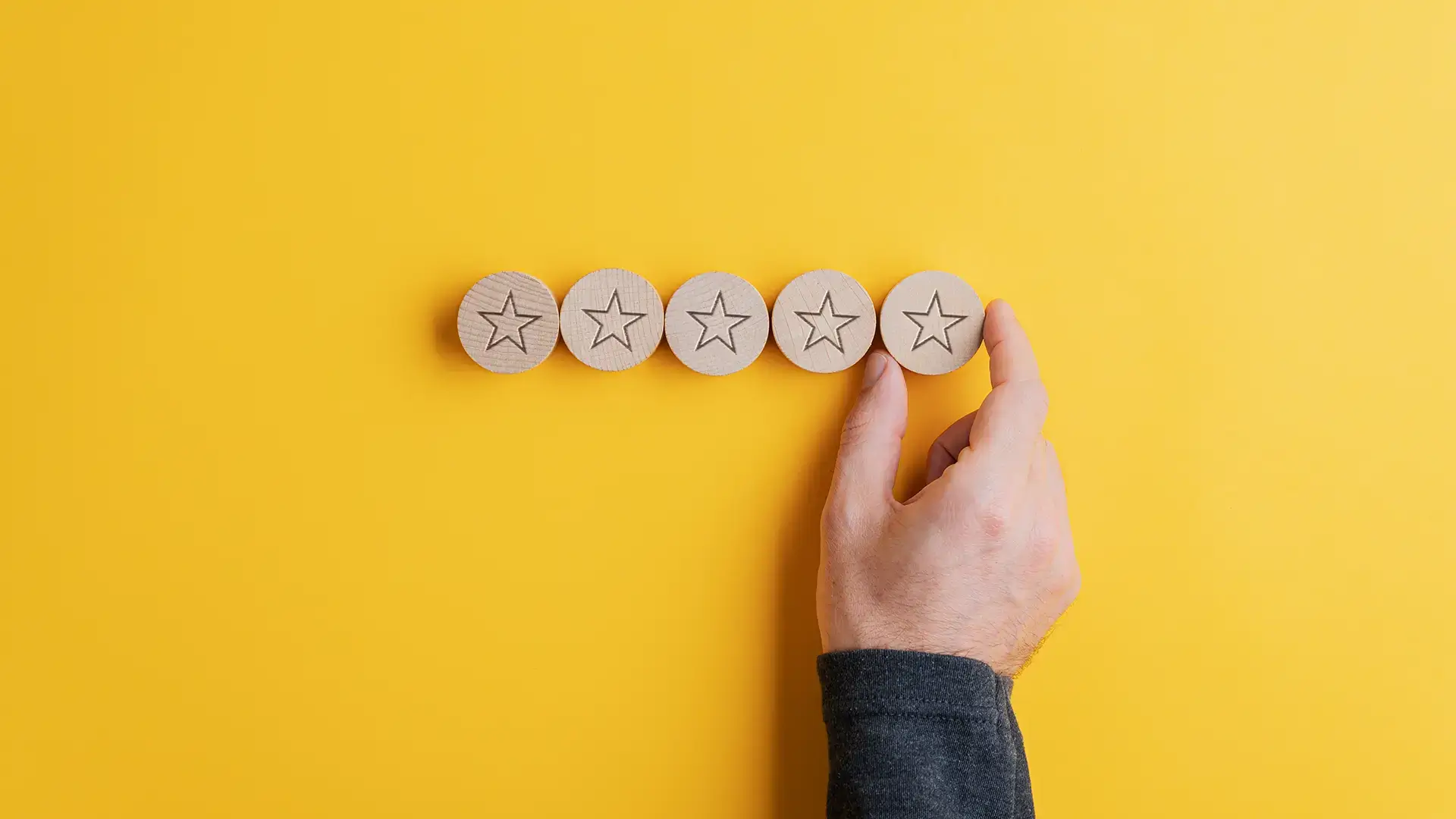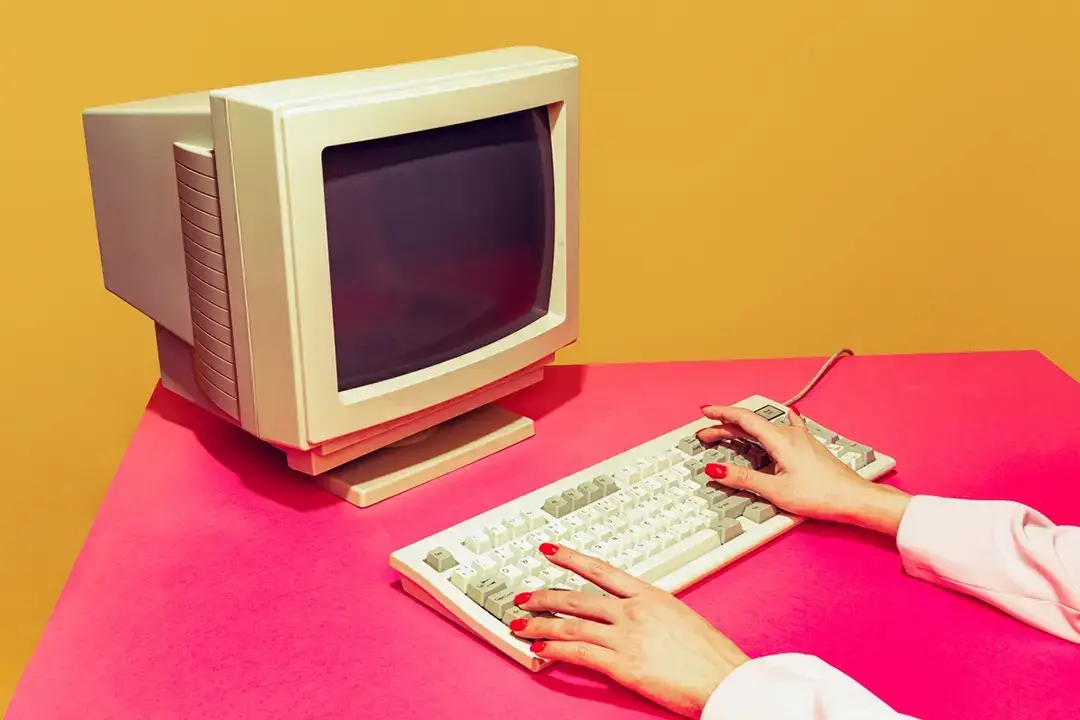Age and the impact of colour in marketing
To set the scene a brief history of thinking on colour:
Over 2000 years ago now, as the Smithsonian sets out, Aristotle developed what’s believed to be the first known theory of colour.
He believed it was sent to us by God through celestial rays of light. His theory set out his view that all colours came from white and black – light and dark – and were related to the four elements: air, fire, water and earth.
It wasn’t until Newton started pondering in the 1660s that our visible spectrum was established. His experiments revealed clear white light to be composed of seven visible colours – red, orange, yellow, green, blue, indigo, and violet – making up the visible spectrum.
Challenge to this though came from Goethe who argued colour to be a subjective experience perceived differently by each person and not merely a scientific measurement.
Since then much has been written on the impact of colour on mood, on behaviour, on learning. We’ve written elsewhere about colour contrast and its impact on accessibility (click here to read) but here we’ll explore colour from a marketing perspective.
Is colour perceived differently by people of different ages? And if so, should you factor this into the design of your marketing?
Colour preferences and age
What does ‘the science’ say?
One study from 2001 focused on four colours: blue, red, yellow and green to see how, or if, preferences changed as we age. In both the younger and older adults studied, there were not significant differences between the men and women when it came to the ranking of the most preferred colours. However, they were evident in the ranking of least preferred colours. What they also found was that age group differences in colour preferences were highly significant. With advancing age, the preference for blue decreased steadily, whereas the popularity of green and red increased.
Could this be down to changes in our eyes as we age?
A study published in 2014 administered colour vision tests on people ranging in age from 58 to 102. They found colour-vision abnormalities were uncommon in people younger than 70, but were present in about 45% of people in their mid-70s, up to 50% of those 85 and older, and nearly two-thirds of those in their mid-90s. The problematic colours were the blue-yellow ones. Factors the researchers think might be contributing to changes in colour vision, and to blue-yellow defects in particular include: reduced pupil size, admitting less light into the eye; increased yellowing of the lens inside the eye; and changes in the sensitivity of the vision pathways.
While it seems clear how we perceive colours changes as we age, it’s also clear these changes are not universal and there is no one ‘right’ answer therefore when it comes to the colours you should use in your materials. As we have always found in branding and design projects colour is incredibly emotive and people have very strong views and preferences. However, if as an organisation you are communicating specifically with an older age group, physical changes in eyesight and the corresponding impact on how colour is picked up should be a key consideration.
To explore the impact colour can have in your marketing… Speak to one of our designers today.




